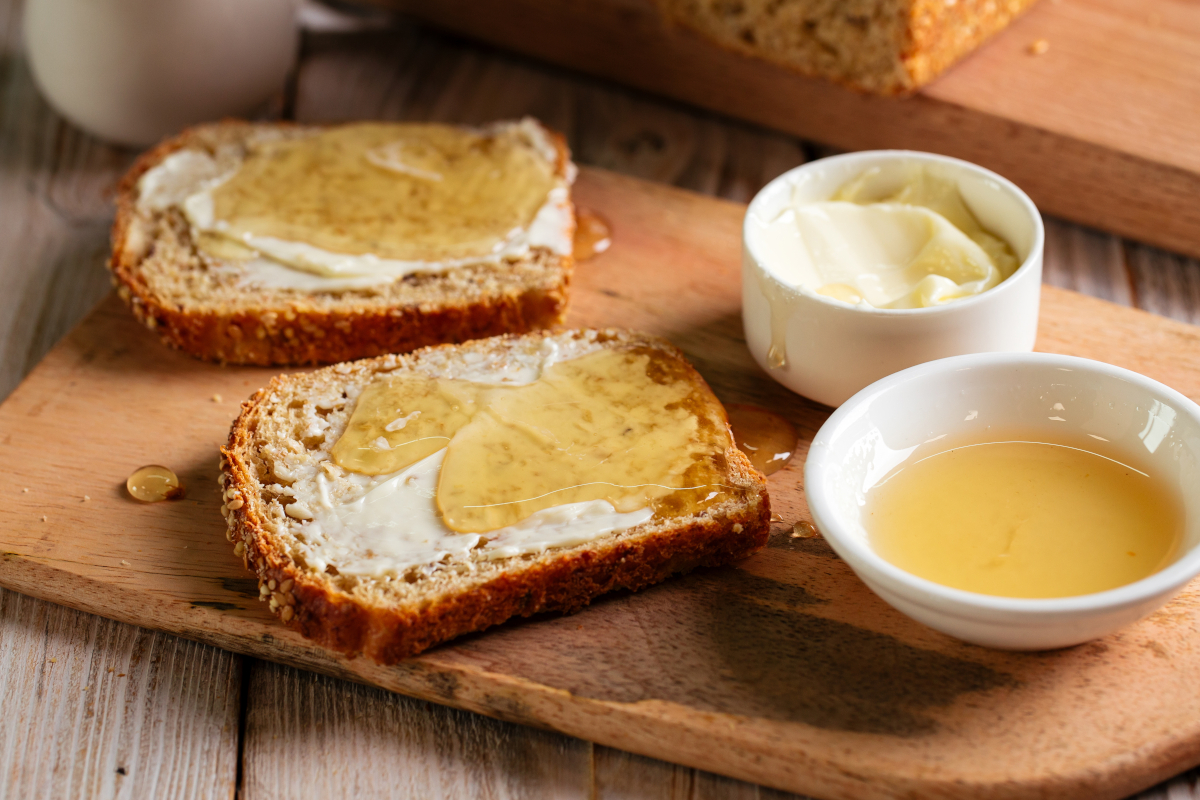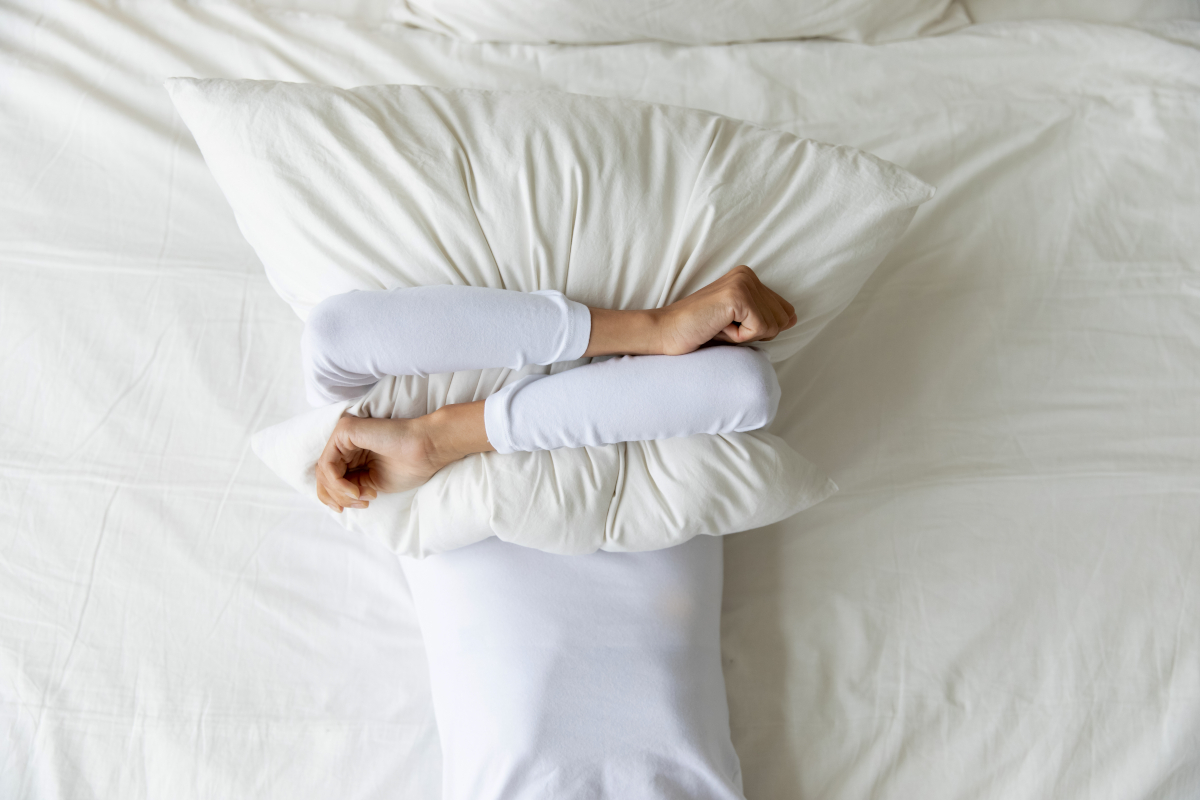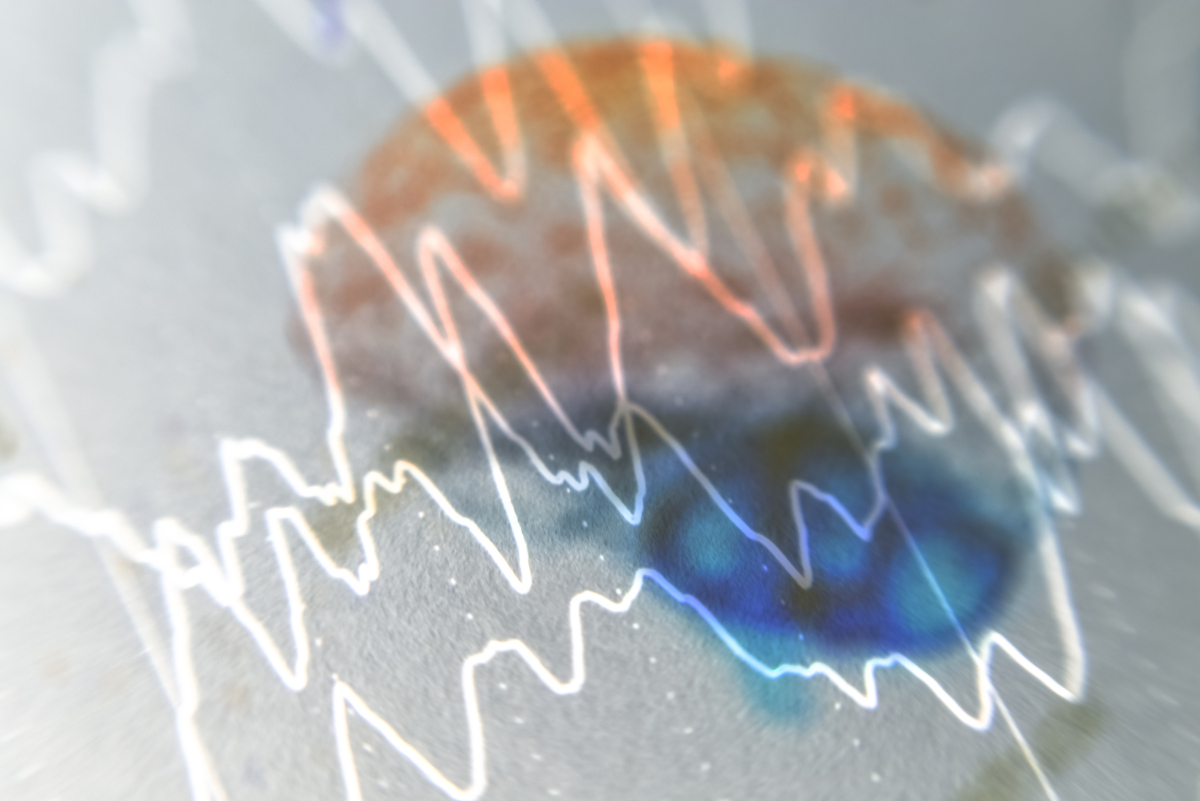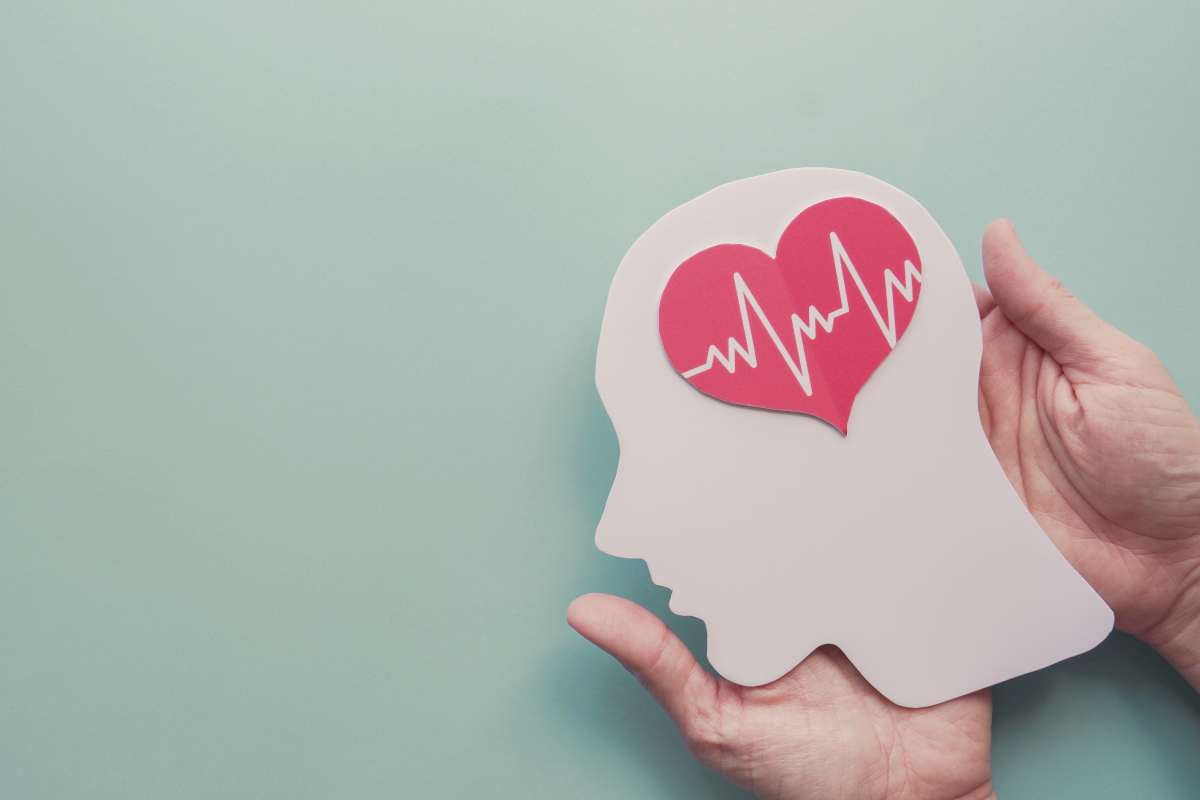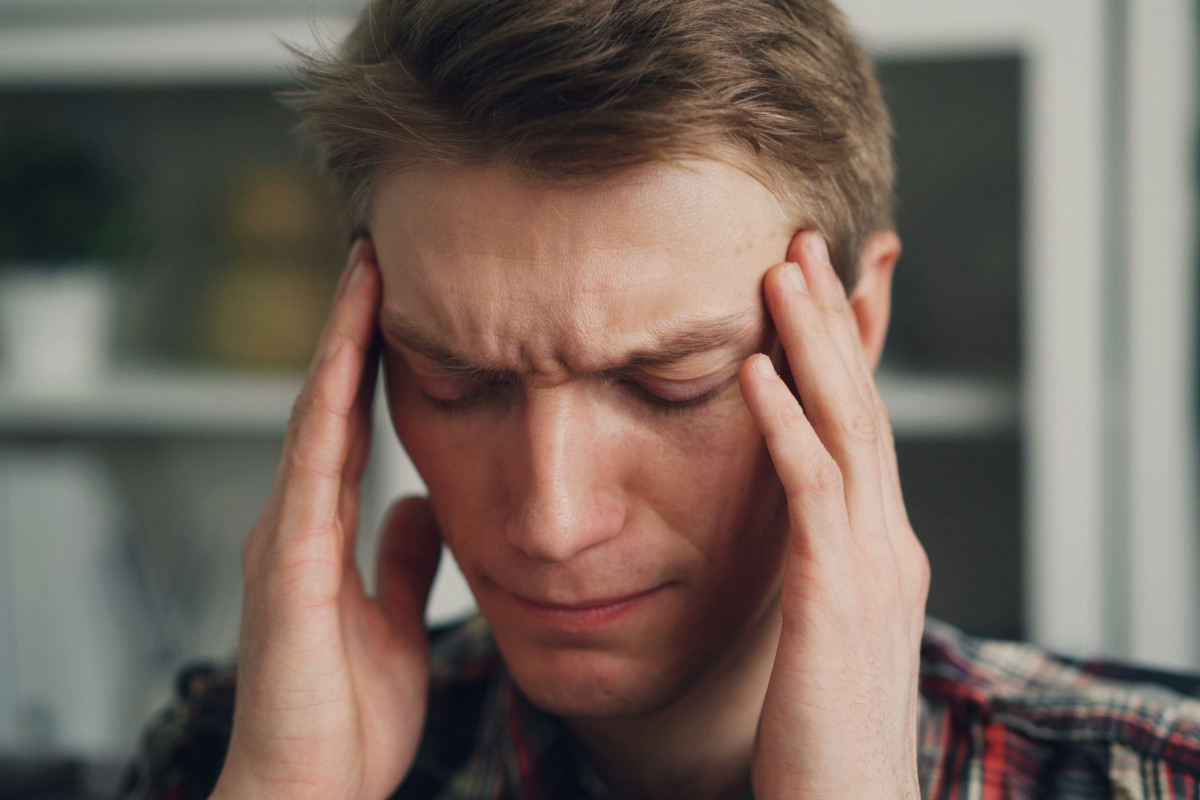Summer – Sun – Headaches: Can heat really give you a headache?
People who suffer from tension-type headaches (‘tension headaches’) or migraines often find that their symptoms worsen during the summer months. As temperatures rise, so does the fear of the next attack. Heat has long been seen as a major trigger for the two most common types of headache disorder. But what does the science say? Is there actual proof of a connection? And what steps can you take to help prevent attacks?
-
References
Alstadhaug KB, Salvesen R, Bekkelund SI. Seasonal variation in migraine. Cephalalgia. 2005 Oct;25(10):811-6. doi: 10.1111/j.1468-2982.2005.01018.x. PMID: 16162258.
Becker JA, Stewart LK. Heat-related illness. Am Fam Physician. 2011 Jun 1;83(11):1325-30. PMID: 21661715.
Lilleng H, Bekkelund SI. Arctic environment triggers migraine attacks. Can Fam Physician. 2010 Jun;56(6):549-51. PMID: 20547521; PMCID: PMC2902942.
Mukamal KJ, Wellenius GA, Suh HH, Mittleman MA. Weather and air pollution as triggers of severe headaches. Neurology. 2009 Mar 10;72(10):922-7. doi: 10.1212/01.wnl.0000344152.56020.94. Erratum in: Neurology. 2009 Oct 27;73(17):1428. PMID: 19273827; PMCID: PMC2677474.
Szyszkowicz M, Kaplan GG, Grafstein E, Rowe BH. Emergency department visits for migraine and headache: a multi-city study. Int J Occup Med Environ Health. 2009;22(3):235-42. doi: 10.2478/v10001-009-0024-5. PMID: 19819836.
Traini E, Portengen L, Ohanyan H, van Vorstenbosch R, Vermeulen R, Huss A. A prospective exploration of the urban exposome in relation to headache in the Dutch population-based Occupational and environmental health cohort study (AMIGO). Environ Int. 2024 Jun;188:108776. doi: 10.1016/j.envint.2024.108776. Epub 2024 May 25. PMID: 38810494.

